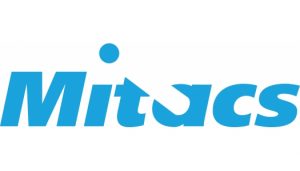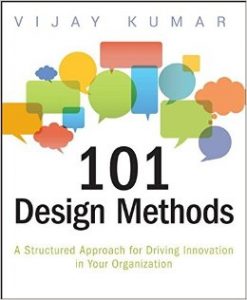The COMM 388 course was all in all not what I was expecting, but it was so much better. Being enrolled in Sauder specializing in the study of Operations and Logistics (Op-Log), I was used to very linear courses with a case study and guidelines. This being a COMM course, I expected the same and was pleasantly surprised. This course allowed for much more freedom and exploration of how to approach a problem. The fluidity gave each of us more freedom to use techniques which had been previously introduced to us but now to be applied in a more real world example.
 This was also the first class of mine to have a ‘live’ case. It brought much more meaning to our work and motivated us to apply more creative thinking. In other classes when it is an IVEY case, you know they are looking for certain answers/words which is unnerving. Here, people were genuinely listening to our presentations and the ideas the teams came up with outside of a stuffy corporate office.
This was also the first class of mine to have a ‘live’ case. It brought much more meaning to our work and motivated us to apply more creative thinking. In other classes when it is an IVEY case, you know they are looking for certain answers/words which is unnerving. Here, people were genuinely listening to our presentations and the ideas the teams came up with outside of a stuffy corporate office.
I think that is why I found the reading “Why Good Design is Finally a Bottom Line Investment” most interesting. Studying Op-Log, the article itself reiterates the fact that investing in a solid design base can lead the way for continual innovation. Redundancy is repetitive and slows down progressive movement. In an age where technology is advancing at an exponential rate, it is almost unsettling that it has not been until recently that the importance of design has taken precedence. Hearing about real world, successful companies that use similar techniques to those being used in class once again remind us of the reality of these design methods rather then the obscurity other concepts taught in school, but with vague applicability (ie. Calculus).
Of the techniques we discussed in class, there were some that still stand out in my mind and that I hope to use in the future. To decipher a problem, I fell in love with the ‘Principles to Opportunity’ technique. Being someone who can very easily overthink a situation, and lose track of the main problem or areas of improvement, this is a very valuable resource to ensure focus on the important goals and not to get distracted by those that are not priority.
Once the problems are established, it is important to have a key plan on how to approach them so as, once again, not to get sidetracked by extraneous details. The ‘Strategy Roadmap’ was very impressive as well as the ‘Implementation Plan’ method. I think I was able to appreciate these the most because, once again relating it to my studies, it is key in operations to have benchmarks and goals. They are both incredibly important to how I approach a procedural problem as well as useful to use while communicating ideas to others.
To reiterate the beginning of this post, prior to COMM 388, I was used to linear problems with guidelines and rigid marking just to add a bit of extra pressure on what is supposed to be your ‘creative’ thinking. Now however, I feel I have a more concrete foundation of how to creatively approach problems. The textbook is definitely the most useful, and ironically the cheapest, I have had throughout my university career and I continue to endorse it and this course to my classmates.
Word Count: 557
References:
Kuang, C. (2015). Why Good Design Is Finally A Bottom Line Investment. Retrieved November 27, 2016, from https://www.fastcodesign.com/1670679/why-good-design-is-finally-a-bottom-line-investment
Kumar, V. (2013). 100 design methods – A structured approach for driving innovation in your organization. New York: John Wiley & Sons.
